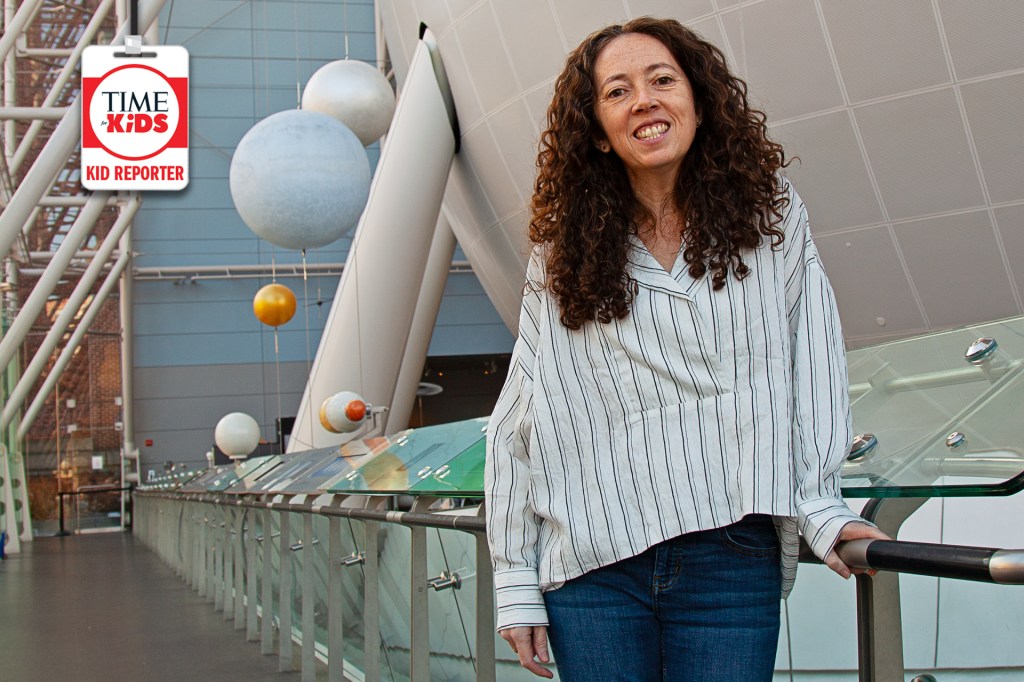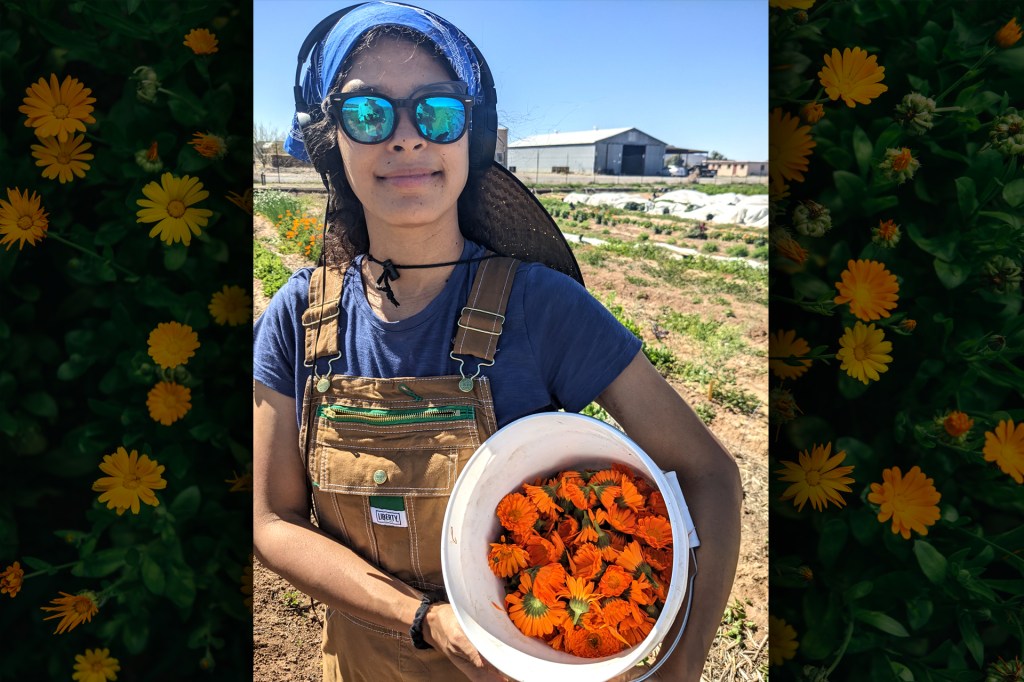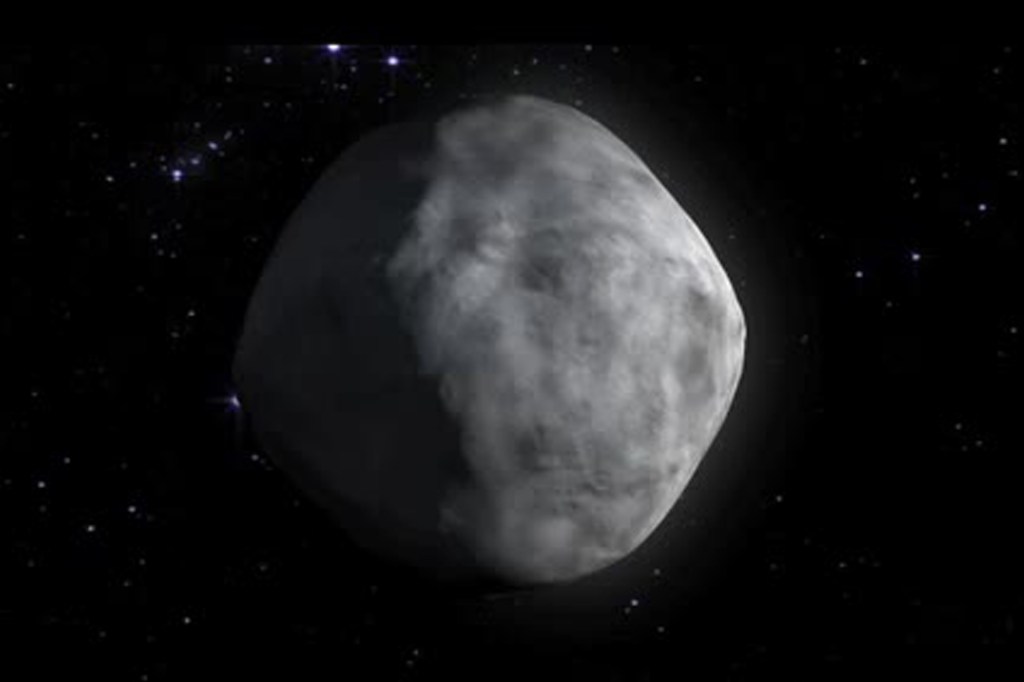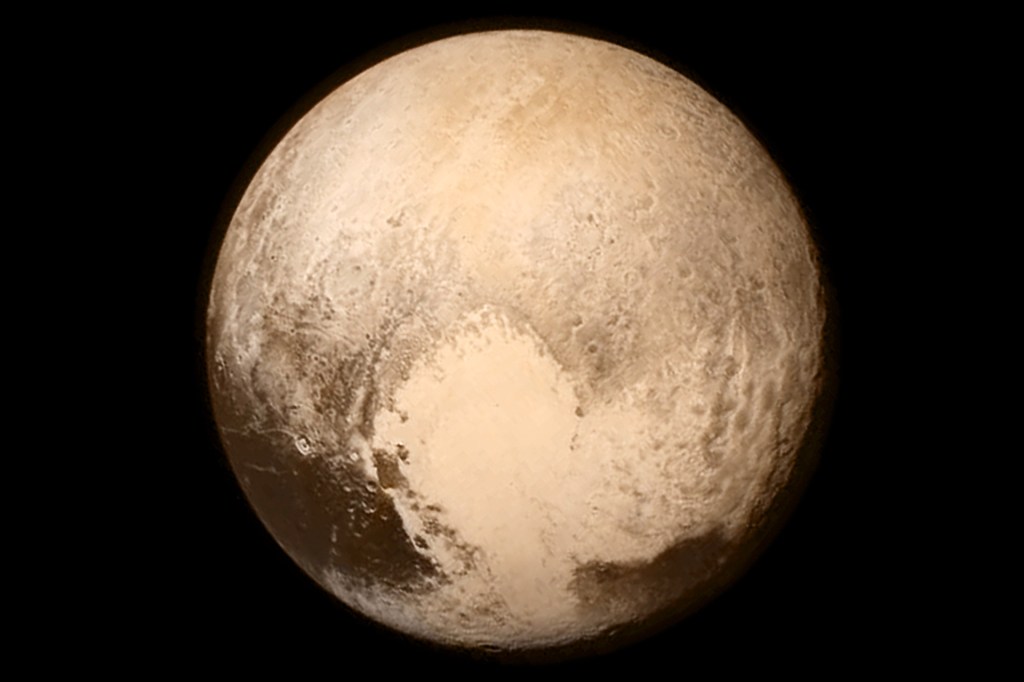The Science of Cooking
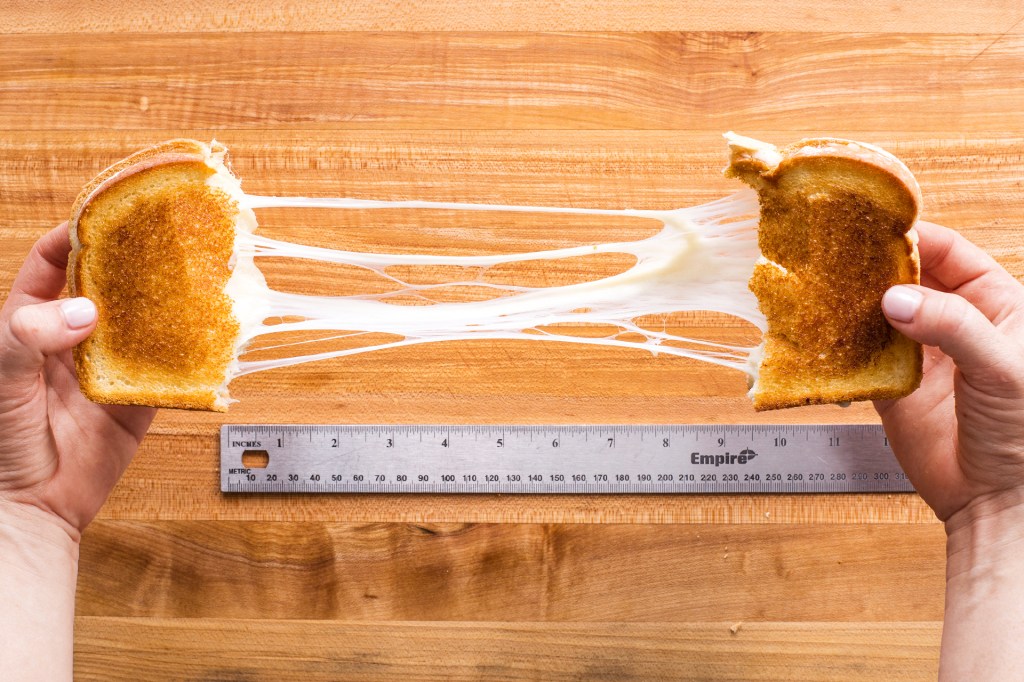
The majority of shoppers in the United States have been eating at home more often since the pandemic began. That’s according to a 2020 report from Acosta, a marketing company that studies consumer trends. This means people are cooking more, too. And one way to make homemade meals more delicious is science.
“There’s loads of chemistry involved in how different ingredients react to one another,” Kristin Sargianis told TIME for Kids. She’s the deputy editor at America’s Test Kitchen Kids. “If you understand the science behind why things happen when you’re cooking,” she says, “you can take that knowledge and apply it and come up with your own recipe or tweak
tweak
 HILL STREET STUDIOS—GETTY IMAGES
to make small changes to something
(verb)
The editor tweaked my essay.
a recipe.”
HILL STREET STUDIOS—GETTY IMAGES
to make small changes to something
(verb)
The editor tweaked my essay.
a recipe.”
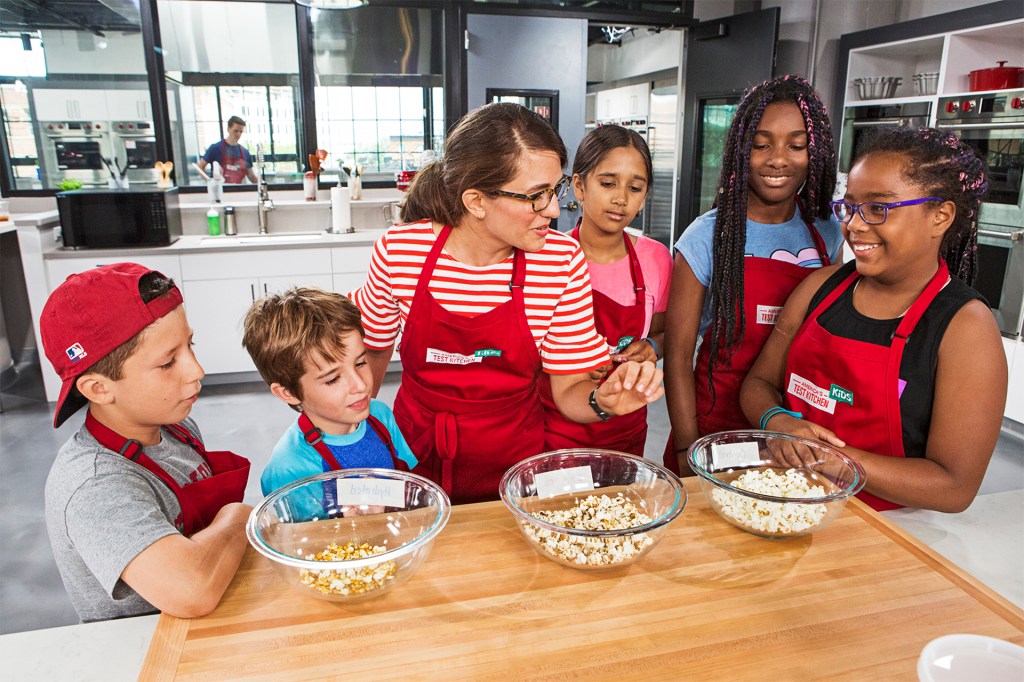
FOOD EXPERIMENT Kristin Sargianis teaches kids the secret to making the fluffiest popcorn.
AMERICA'S TEST KITCHEN KIDSChef’s Creations
Professional chefs, such as Samin Nosrat, rely on science when creating recipes. Nosrat appears on Waffles + Mochi, a kids’ food show on Netflix. Currently, Nosrat is developing a pizza dough recipe for young chefs.
Many bakers use a stand mixer to knead
knead
 HELLO AFRICA—GETTY IMAGES
to press into and push at a ball of dough
(verb)
My grandmother taught me how to knead dough.
dough. Kneading develops gluten, a protein that helps dough swell into a light, chewy bread. But “a lot of people don’t have stand mixers,” Nosrat says. So her recipe calls for more water than other pizza dough recipes. This means less kneading is required and more gluten can develop on its own.
HELLO AFRICA—GETTY IMAGES
to press into and push at a ball of dough
(verb)
My grandmother taught me how to knead dough.
dough. Kneading develops gluten, a protein that helps dough swell into a light, chewy bread. But “a lot of people don’t have stand mixers,” Nosrat says. So her recipe calls for more water than other pizza dough recipes. This means less kneading is required and more gluten can develop on its own.
Resting the dough for a while also helps gluten. “Time and water do the work of the kneading,” Nosrat says.
Say “Cheese!”
Science can also be used to adjust a recipe that you’ve enjoyed for years. Take grilled cheese, for example. It’s delicious. But the cheese might not always melt smoothly.
Sargianis has a tip. To make a velvety grilled cheese, avoid using aged cheeses, like extra-sharp cheddar. Cheeses age by staying in a climate-controlled room for a long time. That develops their flavor. But as time passes, a cheese loses water through evaporation. The result often has a drier texture that doesn’t melt well. Sargianis says that a young cheese, like mozzarella, is “full of water and will be gooey” when melted.
Whether making a favorite dish or trying a new one, getting curious about why foods taste and feel the way they do can make you a better cook. “The nice thing about cooking,” Nosrat says, “is that usually there is a ‘why’ to be explained.”






